
Projektor(2017)
An old 35mm film projector was entirely disassembled, a mould was made of every part, a bronze copy was then created and the bronze parts were subsequently assembled. The whole process was filmed, to then be projected by the new, bronze projector. The observation that a projector projects the process of its own creation goes beyond a purely conceptual statement. This project is simultaneously an ode to craftsmanship and to how that changed radically over the course of the 20th century. The precise type of projector, the Iskra NP-21, also calls a complete history to mind, as Iskra was as omnipresent in Tito’s post-war Yugoslavia as Bosch and Miele in the West. In this manner, what is perhaps the very last, ultimate 35mm projector simultaneously becomes the first fully-fledged monument to a culturally supremely important device.
Movie: Projektor

Projektor
HomePage
Overview
An old 35mm film projector was entirely disassembled, a mould was made of every part, a bronze copy was then created and the bronze parts were subsequently assembled. The whole process was filmed, to then be projected by the new, bronze projector. The observation that a projector projects the process of its own creation goes beyond a purely conceptual statement. This project is simultaneously an ode to craftsmanship and to how that changed radically over the course of the 20th century. The precise type of projector, the Iskra NP-21, also calls a complete history to mind, as Iskra was as omnipresent in Tito’s post-war Yugoslavia as Bosch and Miele in the West. In this manner, what is perhaps the very last, ultimate 35mm projector simultaneously becomes the first fully-fledged monument to a culturally supremely important device.
Release Date
2017-01-01
Average
0
Rating:
0.0 startsTagline
Genres
Languages:
Similar Movies
Obsession(cs)
Oscar, a digital hipster, dives into the fantastic world of analogue loving projectionists. It’s not as easy as it might seems, one may even get hurt! The documentary is about the dying culture of 70mm material and the last mohykans, who aren’t afraid of fighting for their beloved film copies and feed the hungry old projectors with them.
 7.4
7.4Peeping Tom(en)
Loner Mark Lewis works at a film studio during the day and, at night, takes racy photographs of women. Also he's making a documentary on fear, which involves recording the reactions of victims as he murders them. He befriends Helen, the daughter of the family living in the apartment below his, and he tells her vaguely about the movie he is making.
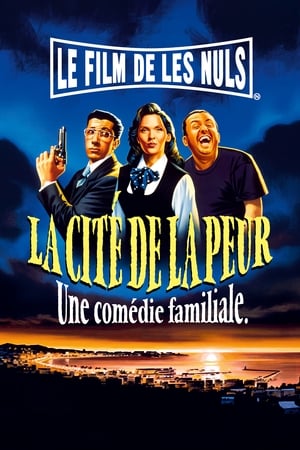 7.5
7.5Fear City: A Family-Style Comedy(fr)
A second-class horror movie has to be shown at Cannes Film Festival, but, before each screening, the projectionist is killed by a mysterious fellow, with hammer and sickle, just as it happens in the film to be shown.
 5.2
5.2She Was an Acrobat's Daughter(en)
An evening at the local movie theater, including a sing-along led by Maestro Stickoutski at the Mighty Fertilizer organ, a Goofy-Tone newsreel, and the feature, Petrified Florist, featuring caricatures of Bette Davis and Leslie Howard.
 0.0
0.0Mira corpora(fr)
The film appears like a ritual with splendids and crypteds psalms. The Great Master of Order (Marcel Mazé, new fetish actor after Aloual) seduces the young male prey with a running cinema projector which carves Murnau's Nosferatu extracts on their bodies. Metamorphosis, rituals passages, Eros and Thanotos, illusion and reality, film into the film are the themes and images in perpetual osmosis in this Stéphane Marti's opus.
 7.0
7.0Des traîtres dans la Résistance(fr)
In May 1943, Ernst Kaltenbrunner, the new head of the Reich Central Security Office, gave Hitler a report describing in detail the organization of the French Resistance. Indeed, during the Second World War, most of the Resistance networks had been infiltrated by traitors, the "V Man" (trusted men) in the service of the occupier. The Germans had established treason as a system and recruiting Frenchmen ready to inform on them was one of their priorities. It was these Frenchmen, whose number is estimated at between 20,000 and 30,000, who dealt terrible blows to the Resistance.
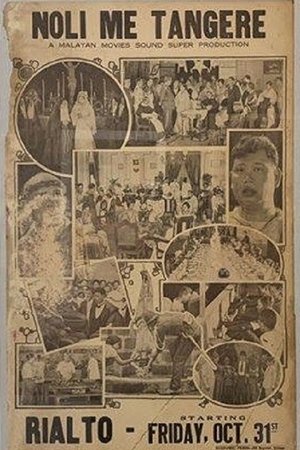 0.0
0.0Noli Me Tangere(xx)
First Filipino screen adaptation of Jose Rizal's popular novel.
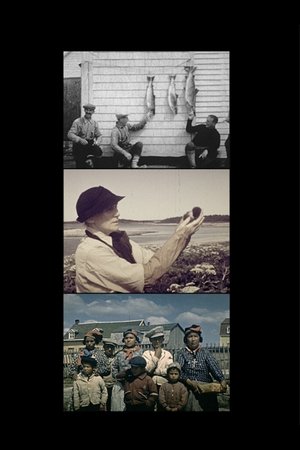 0.0
0.0Madame Fife, l'amour d'un village(fr)
For over thirty summers, Mrs. Fife, an exceptional woman of our time, lived in the village of Baie-Johan-Beetz, where her great gentleness and generosity left their mark on people. This documentary is therefore intended as a tribute: it brings together both numerous testimonies and a collection of archival films and photos, signed by Mary Fife.
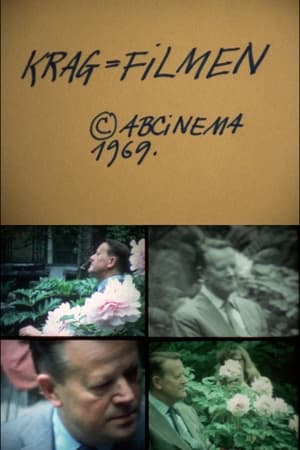 0.0
0.0Krag-filmen(da)
The ABCinema group dispatched Jørgen Leth to make the arrangements with Prime Minister Jens Otto Krag, who good-naturedly put himself at their disposal. Relaxing on a bench in the garden of Copenhagen's Royal Academy of Fine Arts, Krag is scrutinised by camera-wielding collective members almost like a model in a life-drawing class. Every possible angle, distance and framing is tried. The result is an image of the prime minister that is both fragmented and multi-facetted, describing his visual appearance as a man and an icon. At the same time, the ABCinema members film each other filming Krag, which gives the film a highly self-reflective character. Like "The Deer Garden," this is a film about a film being filmed. A showdown with the documentary portrait genre, "Jens Otto Krag" is devised according to the principle of keeping the material alive by not editing it but randomly piecing it together. (DFI)
Samon’s Hell Revenge: Unauthorised Jutte Records(ja)
Samon Kamiyama, a skilled yoriki under Toyama Saemon-no-jō Kagemoto is feared and known to the villains as “Samon from the Hell.” Samon suspects that the drowning incident at the raw silk wholesaler Shinano-ya was the work of Maruya Rihei, a kimono wholesaler favored by the Ōoku, but has no evidence to prove his allegation. The elder Arao Tsushima-no-kami who is colluding with Maruya plan on building a gold mine on an uninhabited island using prisoners. Arao gives the supervision charge to Samon, who along with his comrades and Horikawa takes up his post on the island but is attacked by assassins one after another.
 0.0
0.0Osomatsu-kun: Iyami Alone in the Wind(ja)
In an Edo-period retelling of "City Lights", Iyami, a poor beggar, befriends a flower-selling blind young girl. Through the ups and downs of their friendship, Iyami strives to find a way to make her see again.
Samon’s Hell Revenge: Unauthorised Jutte Records 2 - The Assassination of the Shogun(ja)
Samon Kamiyama, a yoriki of the Minami-machi magistrate infiltrates the Denzū-machi prison disguised as Mushuku Sahēji. Samon is mistaken for a snitch and about to be beaten up when he was saved by the quick thinking of a ferryman Sanji. The infiltration is the plan of Samon and chief elder Abe Isenokami, who has asked Samon to obtain smuggling evidence against shipping whole retailers Kawachiya Senemon and his son Sennosuke.
Samon’s Hell Revenge: Unauthorised Jutte Records 3(ja)
After three consecutive days of heavy rain, the water level at Sumida River rises and the newly built Eitai Bridge collapses just two years after its completion. Among the 20 victims is Okou, the lover of Yokichi, a member of the theatrical entertainment district controlled by Samon Kamiyama. A body of a bridge carpenter is also found in the debris causing Samon to suspect the construction, which prompts him to launch an investigation. The superintendent, Horitome Tamba rules that the bridge collapse is due to a natural disaster and cleared the wrongdoing of master carpenter Jinbe, who was responsible for building the bridge. Yotaro, who is filled with grief and anger surrenders his jitte and joins forces with his former gambling buddies Juzaburo and Onami to abduct Tamb’s Daughter O-Sono to extract revenge…
Samon’s Hell Revenge: Unauthorised Jutte Records 4(ja)
Samon, who had left his position as a police constable, embarks on a journey. During his travel, he is attacked by a group of masked bandits and sufferes a deep wound on his way back to Edo at the request of Magistrate Toyama. Saved by Dr. Kazumichi, Samon is asked by Toyama to identify an informant among the members of the lightning gang, a group of cruel thieves wreaking havoc throughout Edo. Samon then becomes an assistant to the firefighter squad led by Naito Hayato-masamune. One night, while rushing to the oil merchant Tambaya, who is attacked by the robbers, Samon and his group discovered a trembling young girl Oso who is the only survivor of the massacre and has lost her voice due to terror.
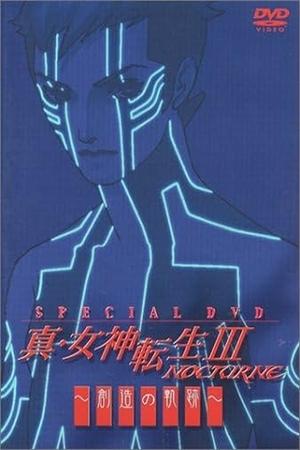 0.0
0.0Shin Megami Tensei III: Nocturne - Creation Trajectory(en)
Focusing on the PS2 game "Shin Megami Tensei - Nocturne", this extensive making-of documentary delves into Nocturn from the developer's point of view, focusing on the trial and error process of creating Shin Megami Tensei and the true meaning of the world view behind the game. Includes rare alpha development footage.
Private Pictures(en)
Documentary about the making of the early Giallo "Forbidden Photos of a Lady Above Suspicion".
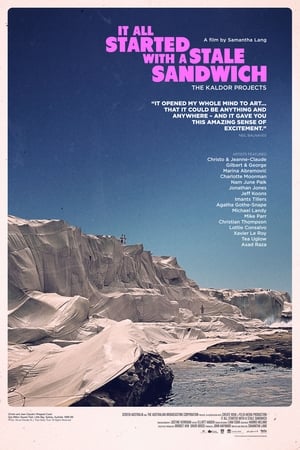 7.0
7.0It All Started With a Stale Sandwich(en)
50 years ago, Sydneysiders were shocked and the art world astonished by Christo's wrapping of the Little Bay coastline. Hungarian migrant and entrepreneur John Kaldor, who initiated this monumental work, has said “it all started with a stale sandwich, in Christo's studio in 1968 New York.” Now, Project 34 (by Asad Raza) is about to be unveiled, and UK artist Michael Landy is designing the exhibition to celebrate 50 years of Kaldor Public Art Projects.
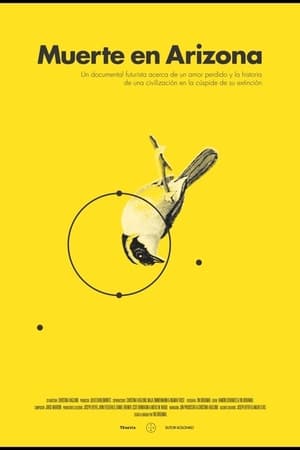 4.0
4.0Death in Arizona(en)
Death in Arizona is a futuristic documentary of lost love and a tale of a dying civilization. It is an autobiographical portrayal of a man who returns to his lost love’s empty apartment in pursuit of answers. The distant voices of a tribe in Arizona that survived a meteorite strike make their way into the third story apartment of this obscure Bolivian city.
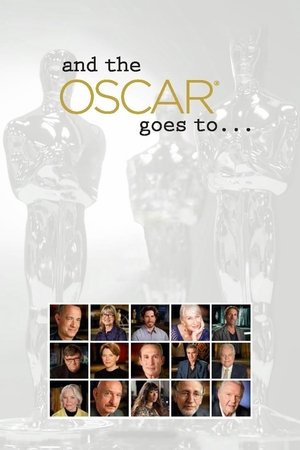 7.0
7.0And the Oscar Goes To...(en)
The story of the gold-plated statuette that became the film industry's most coveted prize, AND THE OSCAR GOES TO... traces the history of the Academy itself, which began in 1927 when Louis B. Mayer, then head of MGM, led other prominent members of the industry in forming this professional honorary organization. Two years later the Academy began bestowing awards, which were nicknamed "Oscar," and quickly came to represent the pinnacle of cinematic achievement.